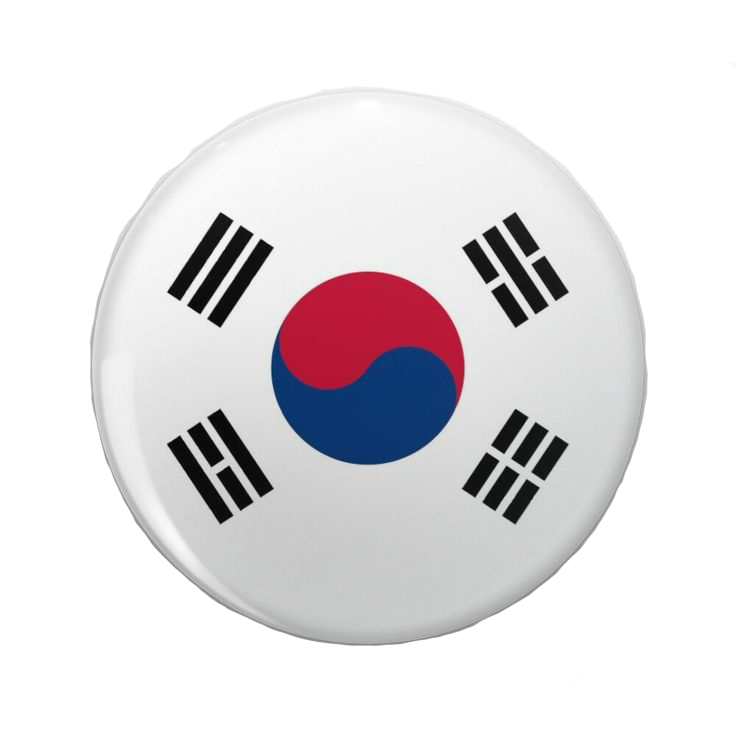Temukan link daftar Sbobet Gold resmi dan nikmati berbagai keunggulan Sbobet Gold yang membuatnya berbeda dari situs judi online lainnya. Mulai dari keamanan transaksi, layanan pelanggan 24 jam, hingga fitur taruhan lengkap seperti sportsbook, casino, dan slot dengan odds terbaik. Sbobet Gold juga menawarkan bonus menarik dan proses pendaftaran yang cepat serta mudah, menjadikannya pilihan terpercaya bagi para pemain hari ini. Bergabunglah sekarang dan rasakan sensasi taruhan online dengan kualitas premium hanya di Sbobet Gold.




















 LOGIN
LOGIN DAFTAR
DAFTAR WHATSAPP
WHATSAPP LIVECHAT
LIVECHAT